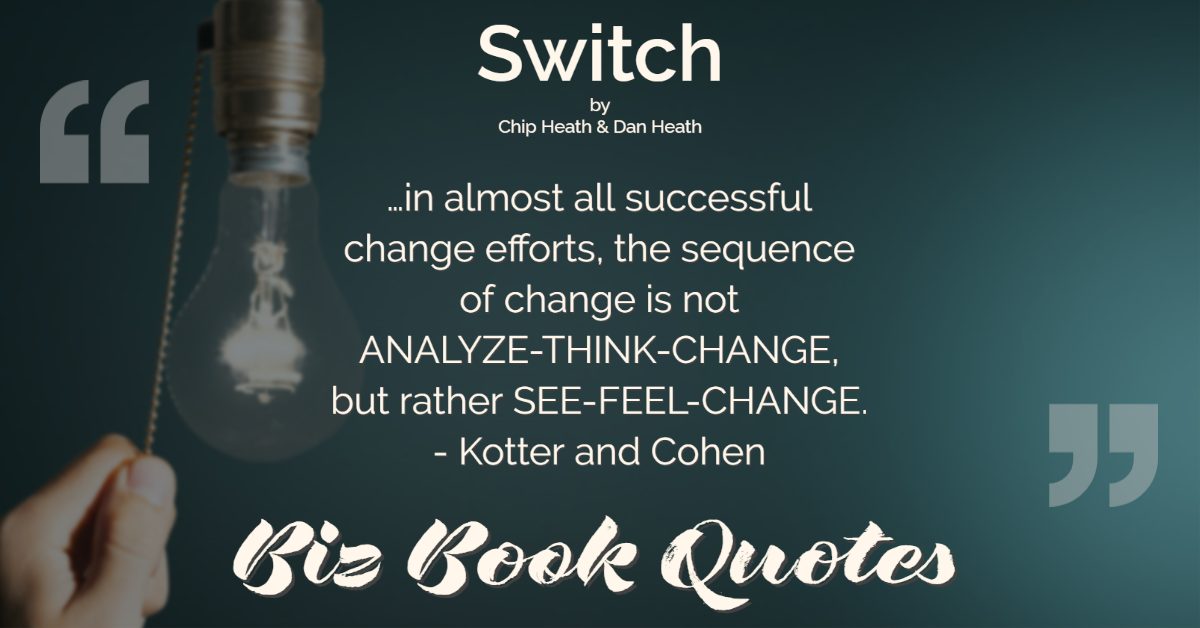 |
…in almost all successful change efforts, the sequence of change is not ANALYZE-THINK-CHANGE, but rather SEE-FEEL-CHANGE. – Kotter and Cohen
|
106 |
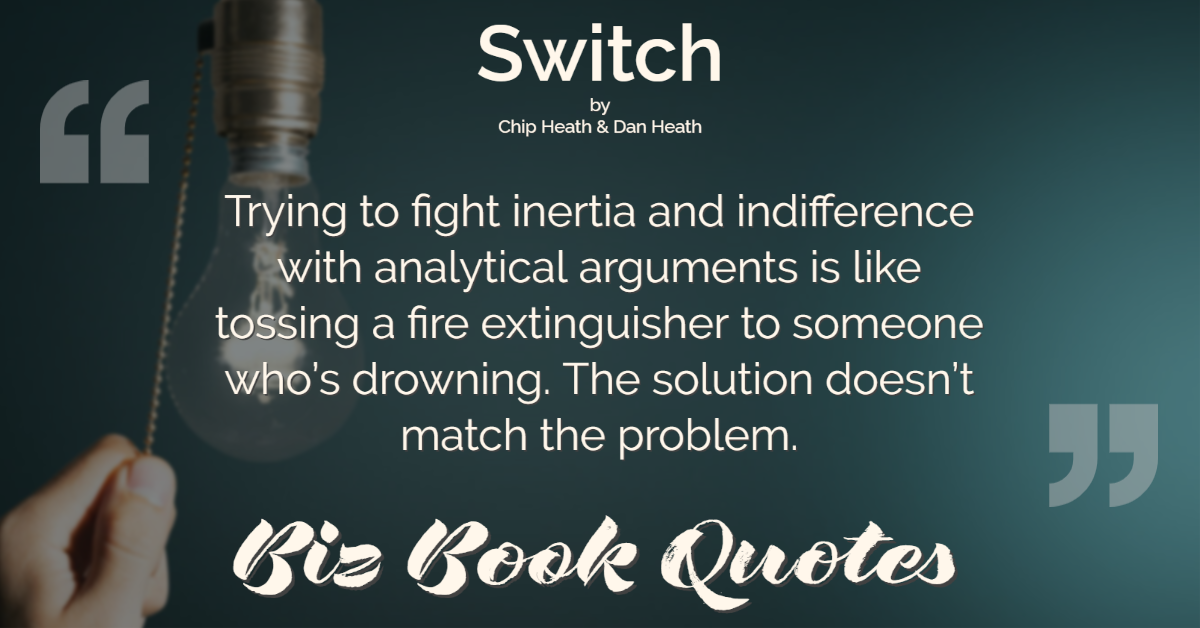 |
Trying to fight inertia and indifference with analytical arguments is like tossing a fire extinguisher to someone who’s drowning. The solution doesn’t match the problem.
|
107 |
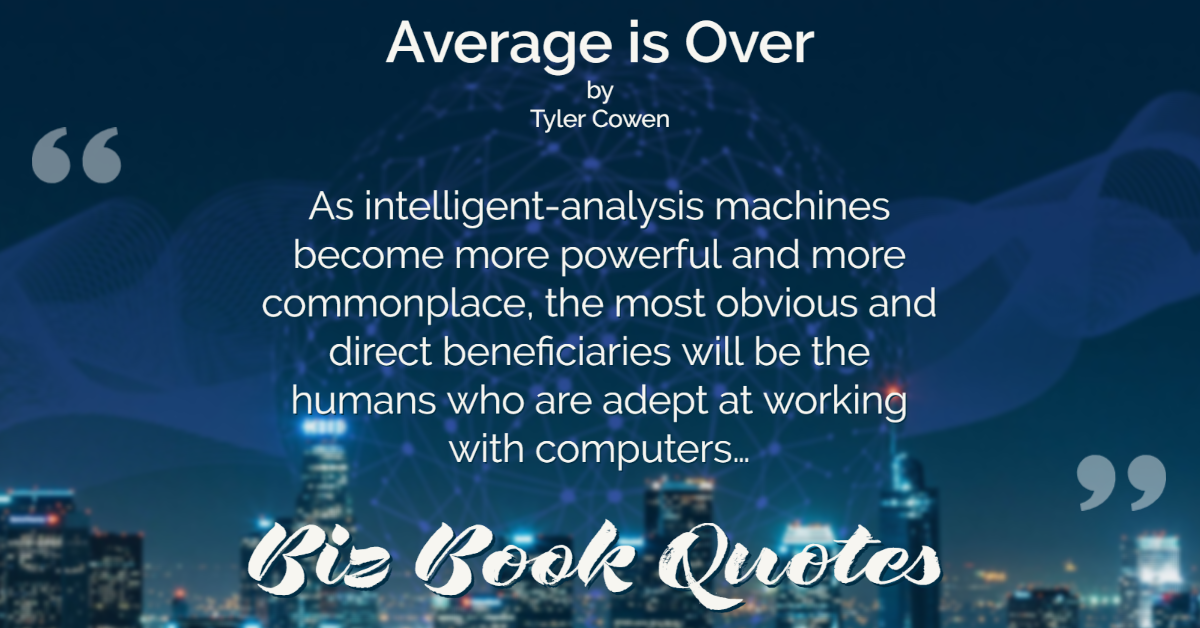 |
As intelligent-analysis machines become more powerful and more commonplace, the most obvious and direct beneficiaries will be the humans who are adept at working with computers…
|
21 |
 |
…analyses almost invariably show strong positive correlations between teamwork in organizations (as perceived by employees) and organization performance.
|
357 |
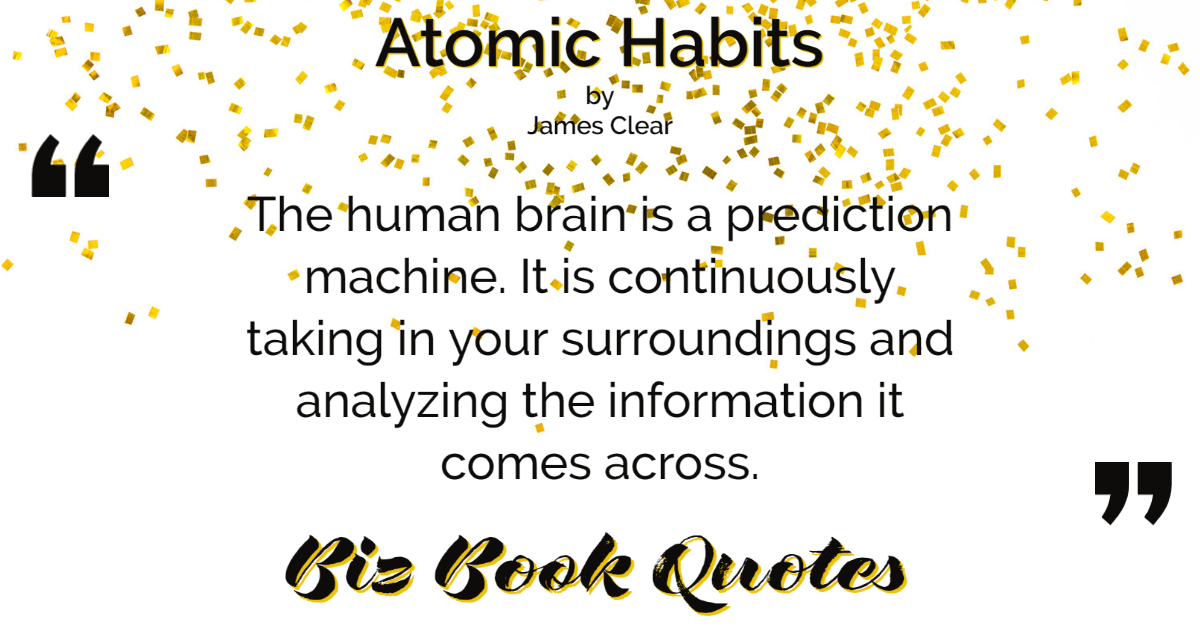 |
The human brain is a prediction machine. It is continuously taking in your surroundings and analyzing the information it comes across.
|
60 |
 |
As a best practice, use cohort analysis to measure changes in user behavior through future product iterations.
|
196 |
 |
The daily habit of analyzing performance and correcting it is critical to success.
|
99 |
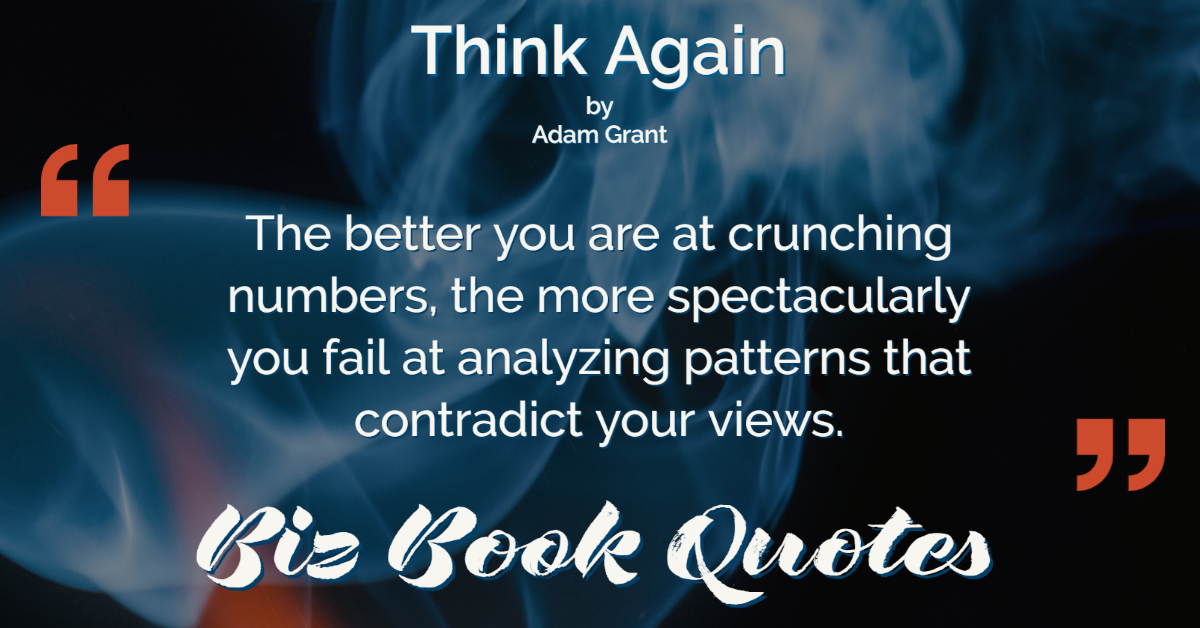 |
The better you are at crunching numbers, the more spectacularly you fail at analyzing patterns that contradict your views.
|
24 |
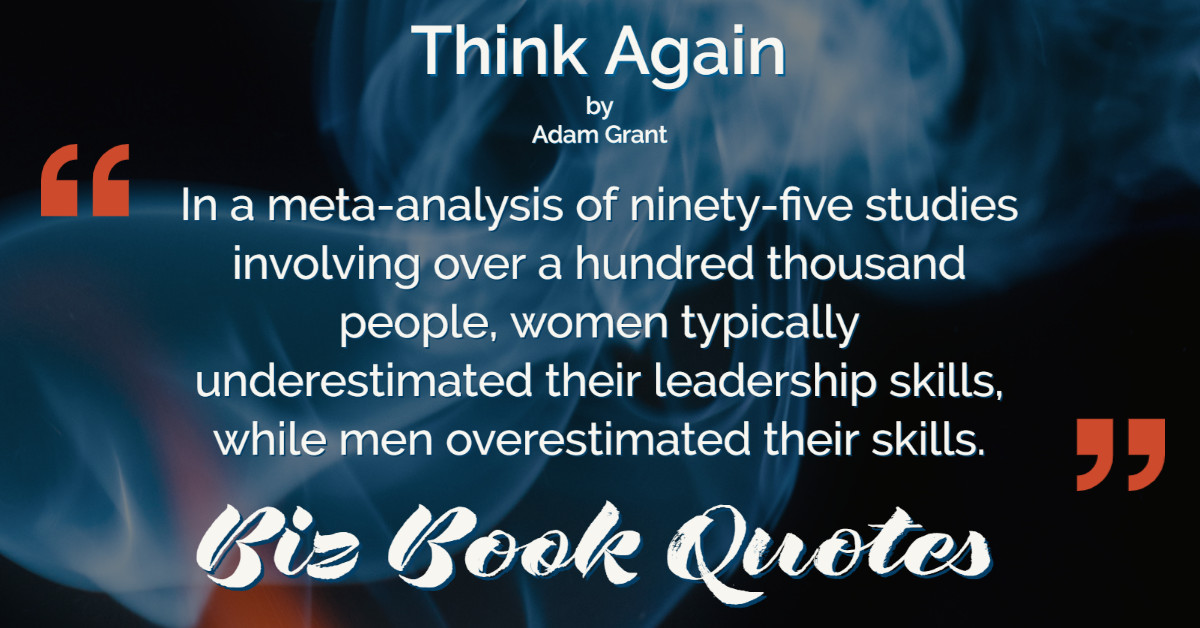 |
In a meta-analysis of ninety-five studies involving over a hundred thousand people, women typically underestimated their leadership skills, while men overestimated their skills.
|
37 |
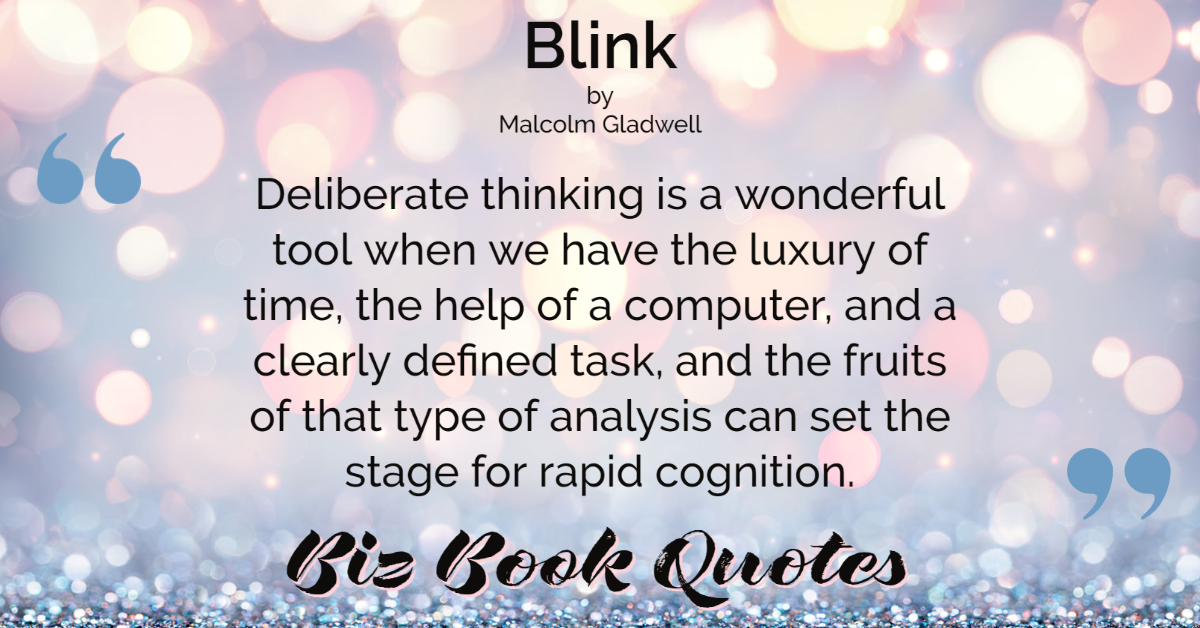 |
Deliberate thinking is a wonderful tool when we have the luxury of time, the help of a computer, and a clearly defined task, and the fruits of that type of analysis can set the stage for rapid cognition.
|
141 |